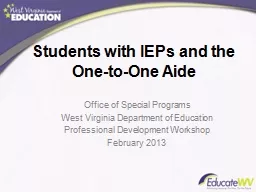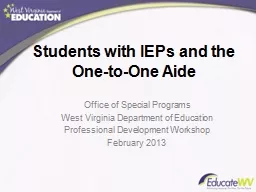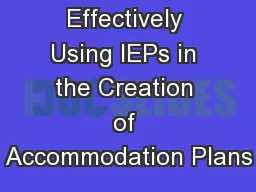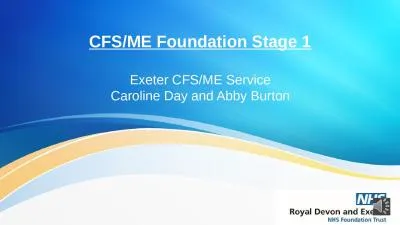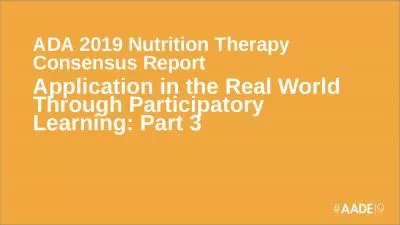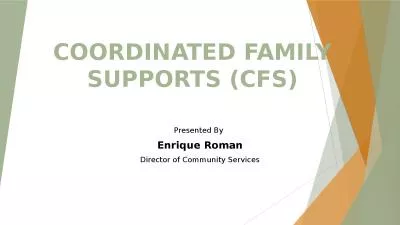PPT-Part 2: Individualized Education Plans (IEPs) for students with ME/CFS in Public Schools
Author : syfarect | Published Date : 2020-06-25
with Lisette Duarte Disability Education Advocate 2018 Advocacy Webinar Series wwwSolveCFSorg Thursday October 18 2018 100 PM Eastern wwwSolveCFSorg Welcome to
Presentation Embed Code
Download Presentation
Download Presentation The PPT/PDF document "Part 2: Individualized Education Plans ..." is the property of its rightful owner. Permission is granted to download and print the materials on this website for personal, non-commercial use only, and to display it on your personal computer provided you do not modify the materials and that you retain all copyright notices contained in the materials. By downloading content from our website, you accept the terms of this agreement.
Part 2: Individualized Education Plans (IEPs) for students with ME/CFS in Public Schools: Transcript
Download Rules Of Document
"Part 2: Individualized Education Plans (IEPs) for students with ME/CFS in Public Schools"The content belongs to its owner. You may download and print it for personal use, without modification, and keep all copyright notices. By downloading, you agree to these terms.
Related Documents



